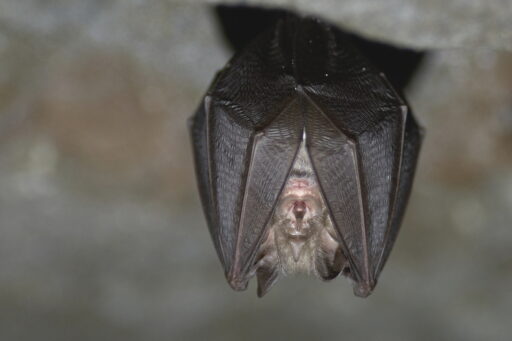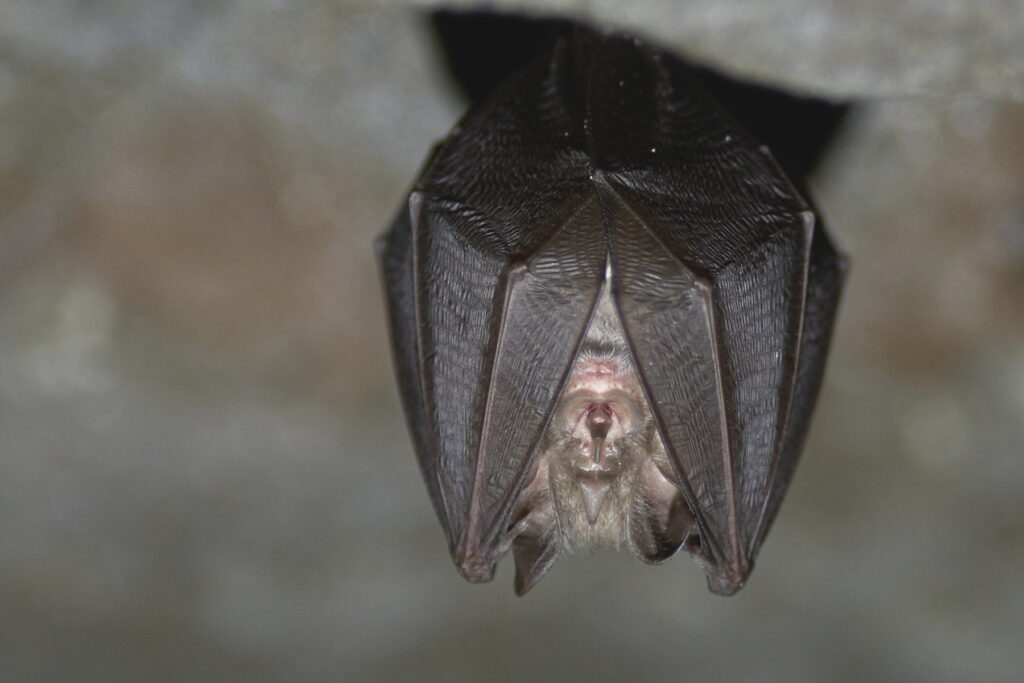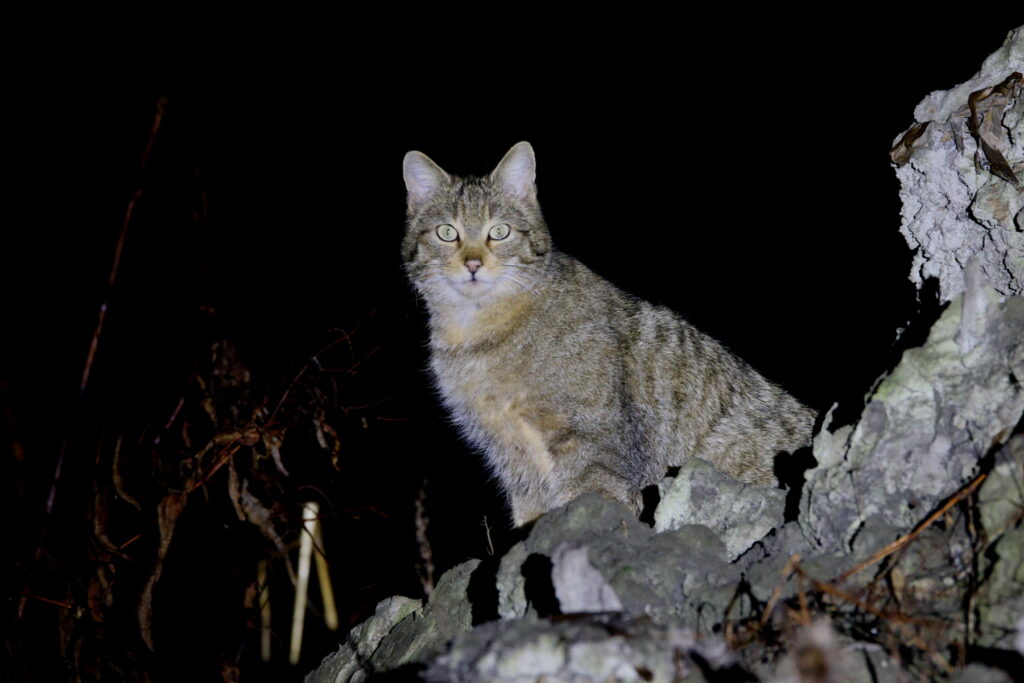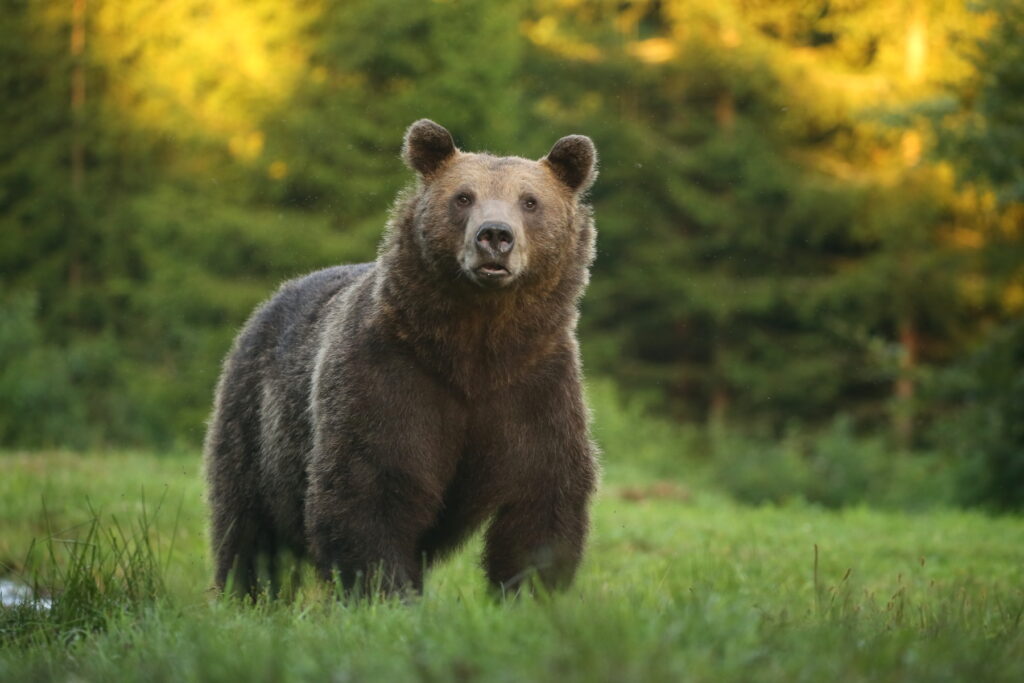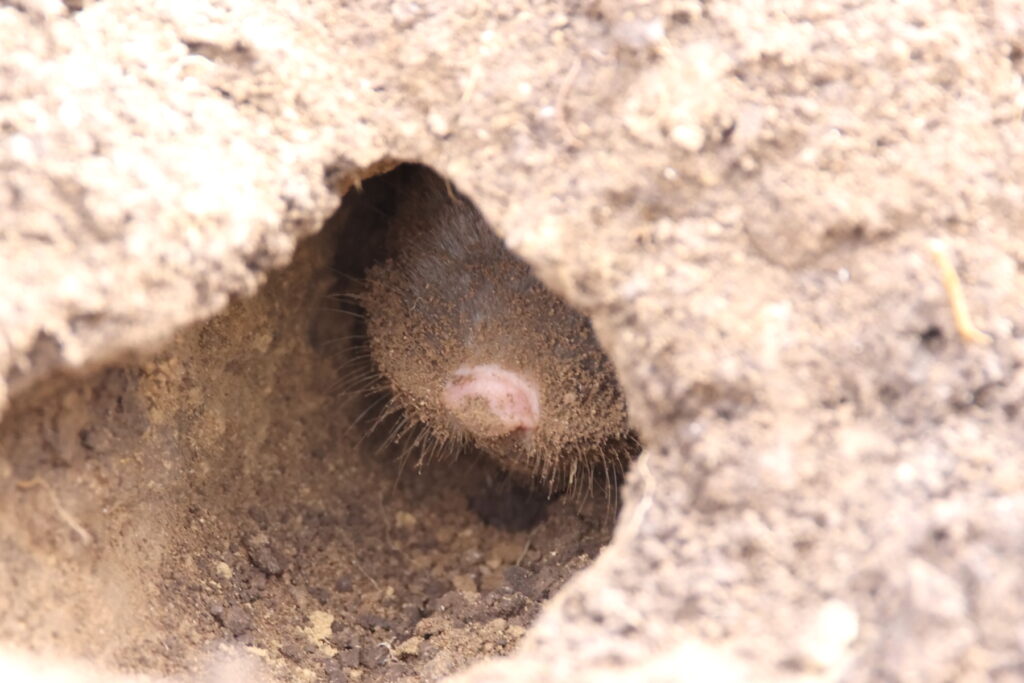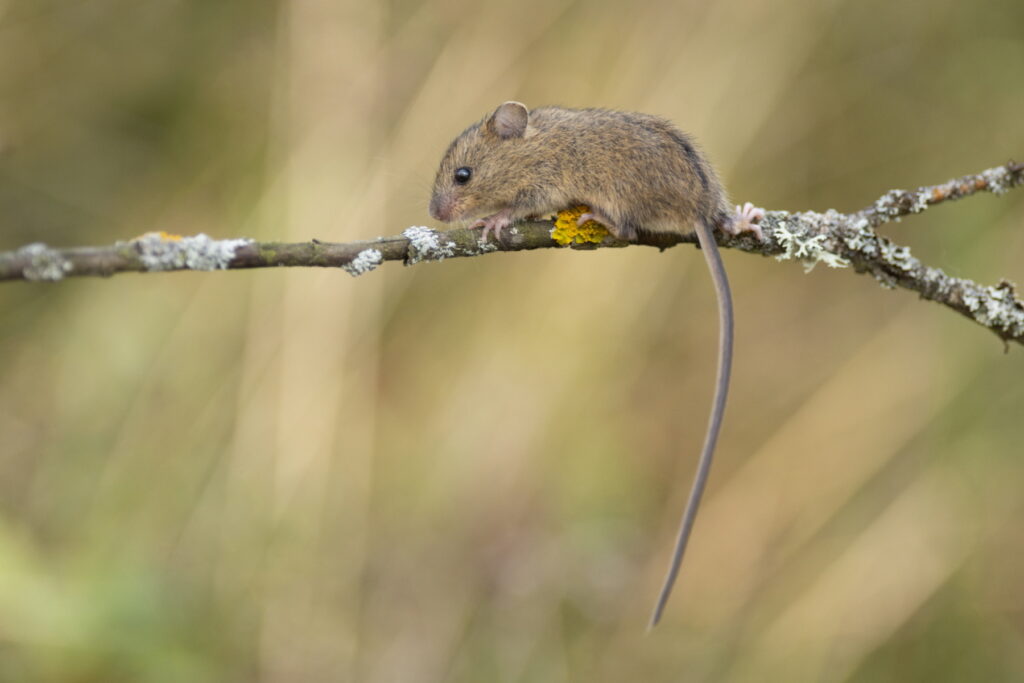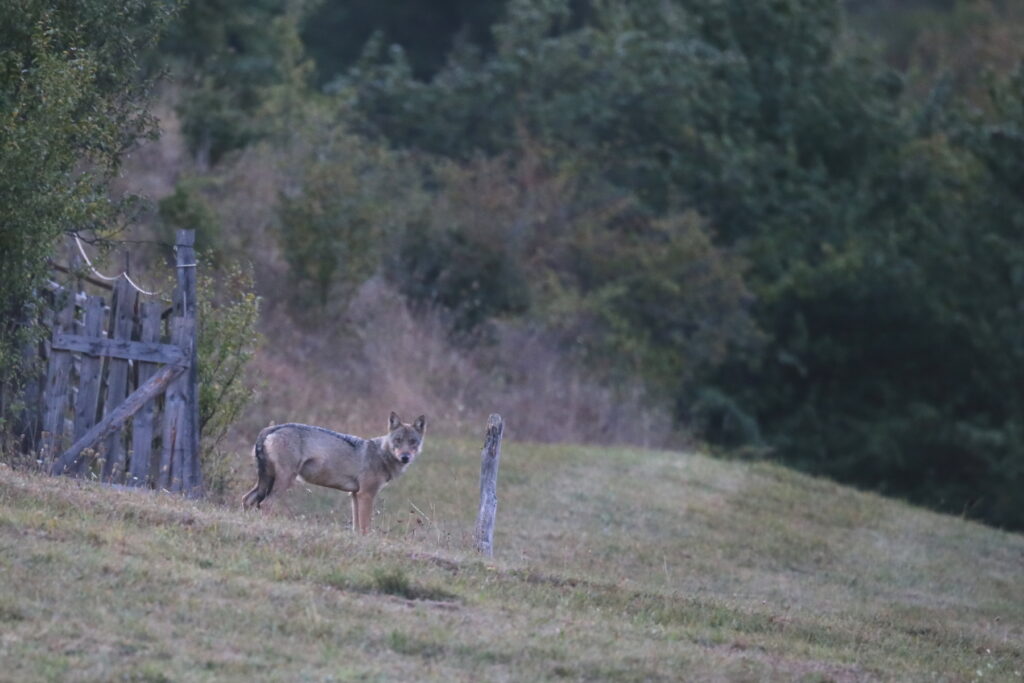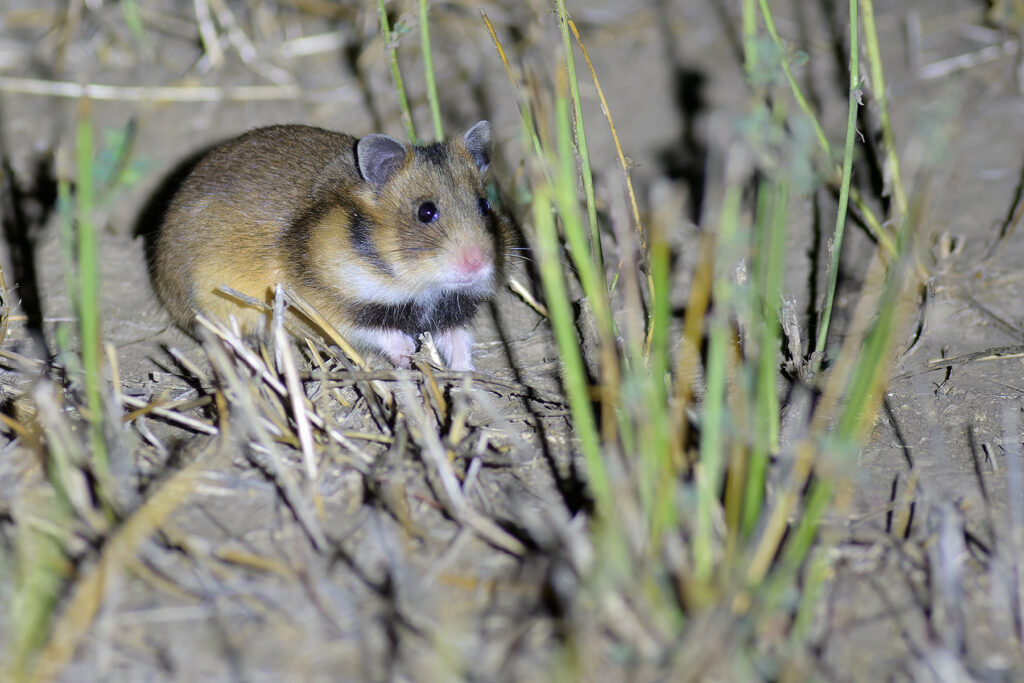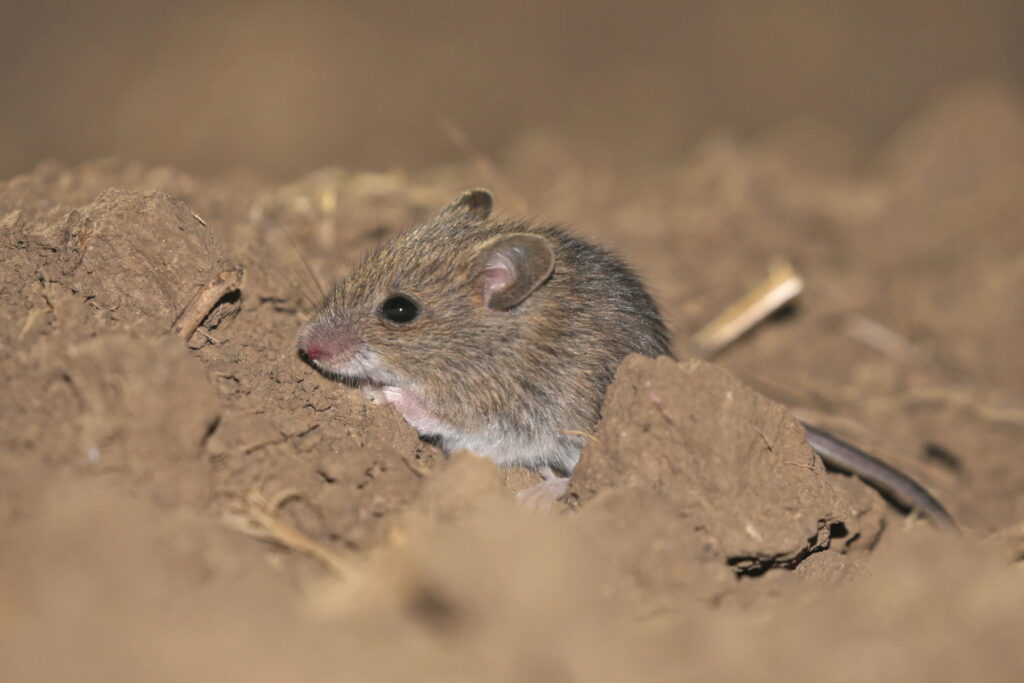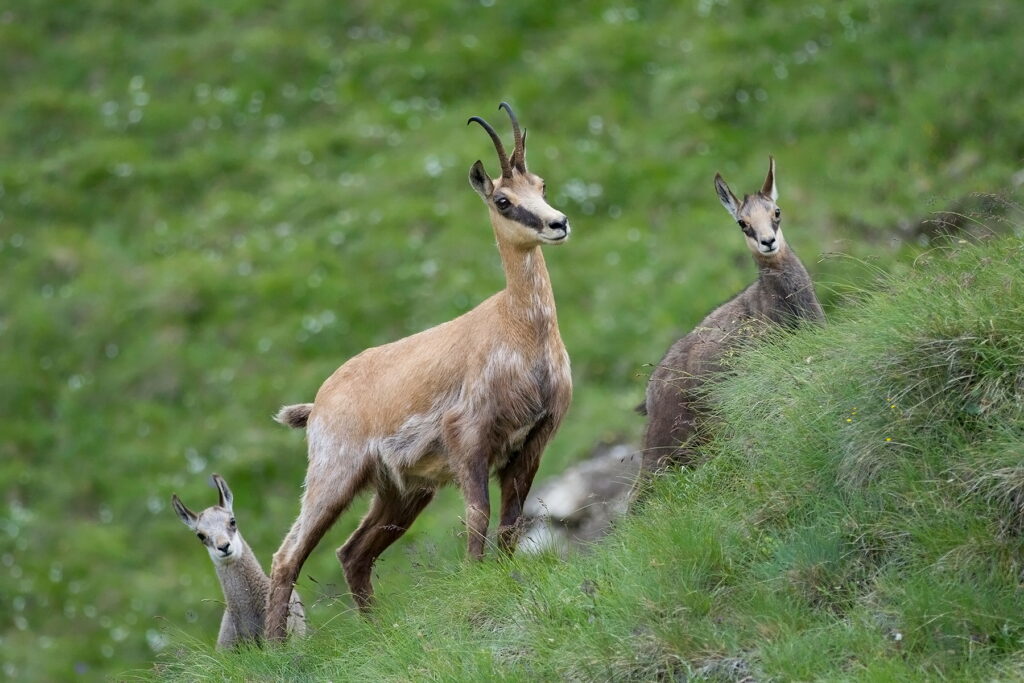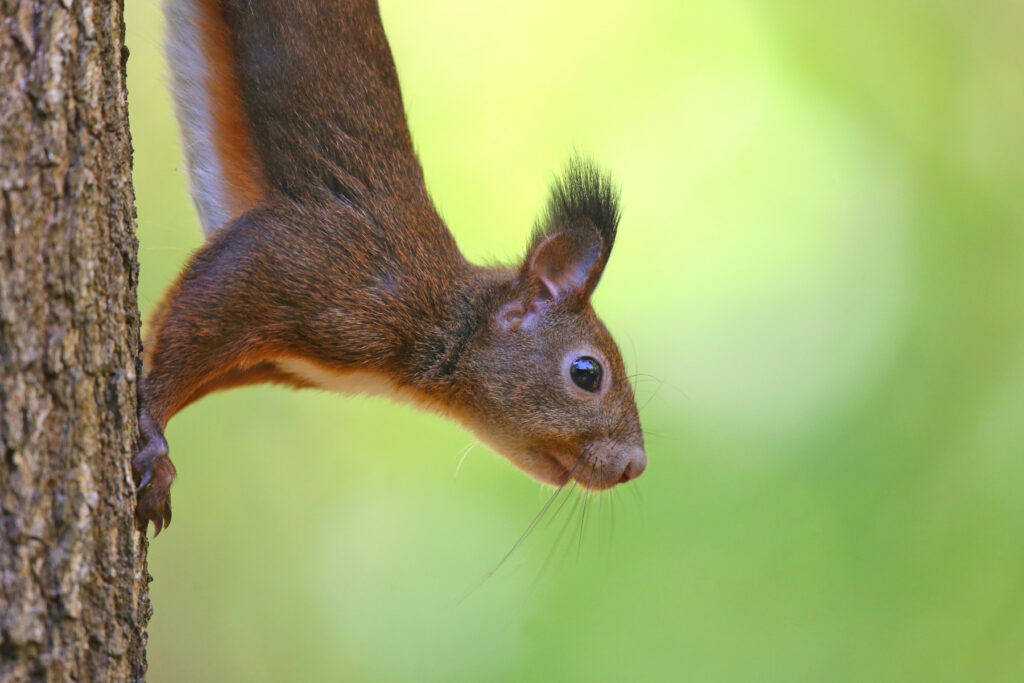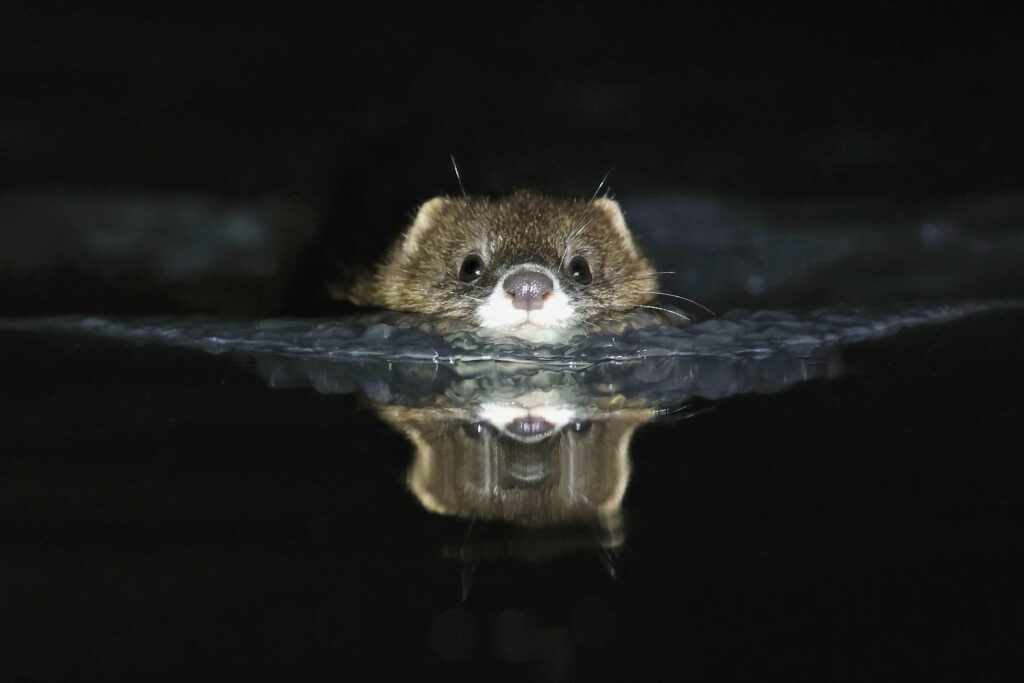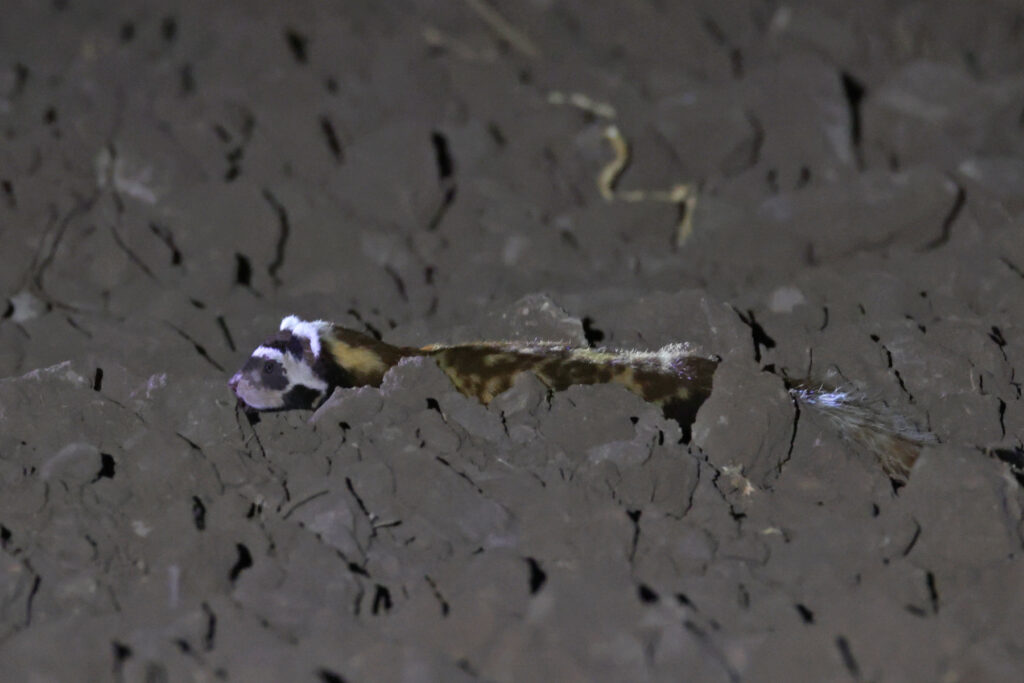Tour information
Tour starting and ending time: It is important to book your flight according to the official starting and ending times of the tour! Our bus and guide will be waiting all participants in the Otopeni Airport at Bucharest. Please make sure you can reach the starting point in time at 14:00 on the tour starting date! If you wish to arrive earlier to Bucharest our office can help you to book accommodation and logistics. However if you arrive early you need to make your way to the airport for the meeting time. In some cases we can pick up clients from the nearby airport hotels (please check with our office). Also very important that the tour only ends at 16:00 on the last day so please do not book flights out of Bucharest earlier than 19:00 on the last day!
The tour: A 9 days long holiday to Romania, focusing on seeing as many mammal species as possible. We will be visiting the coastal Dobrudja and the Danube Delta as well as the mighty Carpathians in Transylvania. On this tour we hope to connect with some rare or hard to see mammals such as the European Mink, Romanian (Dobrudja) Hamster, Wildcat, Grey Wolf, Steppe Polecat and usually a great selection of bats also seen which can include Kuhl’s Pipistrelle and Bechstein’s Myotis amongst many others. Mammal watching is never easy and requires much dedication and also luck required, but we will try our best on each tour to see as much as possible!
Logistics: This is a mammal watching tour, and we will be out at night. Usually from 20:00 to 01:30 and hence a late breakfast on the following morning (cc. 10:00).
Locations to be visited: Lagoon system south of the Danube Delta (2nts), the Danube Delta Biosphere Reserve (2nts) and Transylvania (4nts).
Group Size: The tour is guaranteed departure from 4 participants upwards with a maximum group size of 8 participants plus Sakertours leader(s).
Accommodation: Comfortable rural accommodation with perfect location for our mammal searching sessions (8 nts). All rooms are en suite.
Meals: All included in the price. Substantial breakfast and dinner at the hotels. We will only have sandwiches and snacks for lunch as the tour logistics best work this way.
Walking: There will only be limited walking on the tour at night but some optional daytime excursions might be longer. Sturdy waterproof walking shoes advised as usual. In September the weather can be mixed, but normally still should be nice and summery. Pack waterproof and windproof gear as you will need it on the boat – especially at night!
Travel: Bucharest to Bucharest. Ground Transport is depending on the number of participants. Small van and/or coach/minibus. We also use a satellite car in most cases as usually 2 or 3 leaders on this tour! Inside the delta we use a special wildlife viewing boat which is covered and can be used in all weather!
Expected mammal list: 40-60 species
Price and Date
| Tour date: | August 30 ‒ September 7, 2025 |
Guaranteed departure | |
| Price from: | 2290 €/person |
| Deposit: | 400 €/person |
| Single room suplement: | 240 €/person |
| Availability: | Booking closed |
| Tour date: | August 22 ‒ August 30, 2026 |
Guaranteed departure | |
| Price from: | 2400 €/person |
| Deposit: | 400 €/person |
| Single room suplement: | 240 €/person |
| Availability: | Places available |
|
BookingGuaranteed departure
|
|
Booking deposit: As soon as you fill out a booking form we will send you a deposit invoice and information of the final payment.
Cost includes:
- Bucharest-to-Bucharest all-inclusive
- All transportation throughout the tour
- All meals
- All accommodation
- All entrance fees
- Local guides
Cost excludes:
- International flight to Bucharest
- Personal Travel Insurance
- Alcoholic drinks
- Services of personal nature (telephone calls, laundry etc.)
- Tips to guides
Detailed Itinerary
Day 1. The journey time from Bucharest airport to our hotel near Constanta is around three hours. We shall arrive in time for an early dinner and start our first mammal watching session. Most of the night we will be in steppe and rocky habitat. On the first day we have our best chance to see Golden Jackal, Steppe Mouse and we will surely encounter a few more common mammals like Red Fox, Northern White-breasted Hedgehog and Eurasian Badger. Night near Constanta.
Day 2. After a late breakfast we will visit some steppe habitatas well as a local cave too in hope of finding some Sousliks and some bats. We will be in the habitat for Steppe Polecat all morning but we need a modicum of luck to connect with this scarce species! We do know some exact territories but most of our sightings are in May and June. In the afternoon we will visit a steppe area in Dobrudja which gives us the best chance to see the rare Romanian (Dobrudja) Hamster. The population is fluctuating and this species is never common (no real gradation) like the European Hamster can be. However with the help of a local researcher we will have a good chance to find this rare mammal if conditions are suitable. After dinner we will be looking for the hamster and any other steppe dwelling mammals. Night near Constanta.
Day 3. We will spend some more time in steppe habitat to increase our chances for Steppe Polecat and later we will drive to Tulcea which is the gateway to the Danube Delta. We will board our boat and make our way into the heart of the Danube Delta. It will take us 3-4 hours by boat to reach our hotel but the journey will be exciting and we always must be alert as a Wildcat could be around any corner in this wild habitat – you never know your luck! We will arrive in time for dinner and the evening mammal watching session starts after dinner (21:00-01:30). For the European Mink we have our best chance at night but also many other mammals are better at night. If the weather is good we will have very special evenings under an amazingly starry sky. The Danube Delta is part of the dark-sky reserve network in Europe! All together we have two nights in prime habitat for the greatest mammalian prize of the delta (European Mink). We know some good areas and we shall be focusing all our efforts to find this amazing mammal. In the meantime many other species possible such as Otter, Raccoon Dog and bats. Night in the Danube Delta.
Day 4. Following the previous night’s mammal-watching session we will have a late breakfast (cc 10:00). After breakfast we will check our pitfall traps in the hotel garden and take photographs if we had any success. Later we take a 4-5 hours boat excursion looking for wildlife (birds, mammals and whatever we can see) in the maze of channels inside the delta. The Danube Delta is very exciting and we will certainly add some new mammals to the list even in daytime! Wildcat has been seen several times daytime so we can certainly hope. We shall be back to the hotel by late afternoon and we will have an early dinner followed by some bat detector work. There are three species of Pipistrelles possible in this habitat. Later our second night session starts with the boat again (20:30-01:30).
Day 5. After breakfast we board our boat for the last time and make our way back to Tulcea. We will drive to the Macin National Park and will check a few nest boxes in the hope of any dormouse or other small mammals. We also spend some time in remnant patches of steppe habitat again. After an early dinner we will cross the Danube by ferry to Braila and start to drive across the Carpathian Mountains into Transylvania. We taking a new road where we expect less traffic, especially around 11:00 – 03:00 and we will be on the lookout for mammals and owls. This will be a long night (perhaps our longest on the tour) and we shall arrive to our lodge at the base of Hargita Mountain just before dawn (cc 05:00) for a well-deserved rest.
Day 6. After an unusually late brunch (11:30) we will check if anything was caught in our regular traps operated by the lodge staff and hopefully we can add new mammals to our list. Our first day we will be looking for bats and a few nearby caves will be visited. Later we will drive to Cheile Vârghişului (Vargyas-szoros) where we hope to meet and join a bat monitoring work for the evening. Today we will have a field dinner which is followed by bat watching. This amazing area holds 124 caves totalling about 7,5 kilometres and it is a heaven for bats. As many as 23 species has been recorded in this area and if weather conditions are good we have a chance to see 6-12 species tonight while the experts catching and measuring the bats. We will also use bat detector. We should be back by 02:30 to our base.
Day 7. Today we willdrive to the Bicaz Gorge (Békás-szoros) after breakfast with a few stops in the Gheorgeni basin to look at other wildlife in there is interest for birds or butterflies in the group. In the gorge our prime target will be the Carpathian Chamois which has been split in the new HBW book and if it is followed it becomes an almost endemic mammal to Romania (stretching into Ukraine). We shall drive back to the Hargita Mountains in the late afternoon where we go to dedicated hides to see Carpathian Brown Bear (hides operated by Sakertours). After the bear watching session we will have dinner and then start our night excursion into the mountains. We know exact territories of Eurasian Lynx as well as Grey Wolf but we still need to be very lucky to come across any of these elusive forest denizens.
Day 8. This morning we will check our pitfall traps again to see if we were lucky enough to catch some small mammals. After breakfast we will devote our time to track down any of the remaining mammal species (still gettable in daytime) in the region. We also plan to visit the higher parts of the Hargita Mountains and as dusk approaches we will try to locate Eurasian Beaver. After this excursion we will have our farewell dinner and the Székely Jacuzzi under the stars will also be open (barrel with hot salty water).
Day 9. On the last day we will offer an optional pre-dawn night drive for those who still have the energy (03:30 – 06:00). After breakfast we will start our drive back to Bucharest. Depending on our timing we might visit the Bucegi Natur Park in the Carpathians before we start to descend to the lowlands and arrive to Bucharest Otopeni airport where the tour will end.





